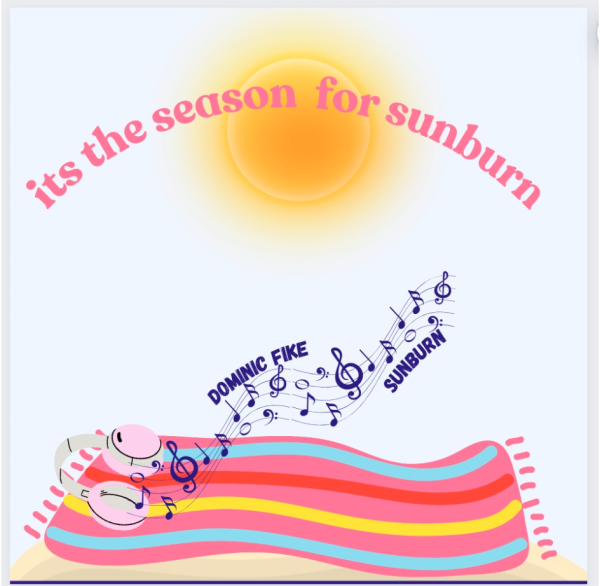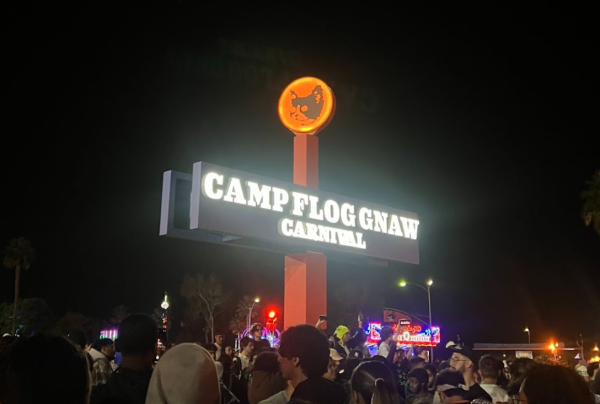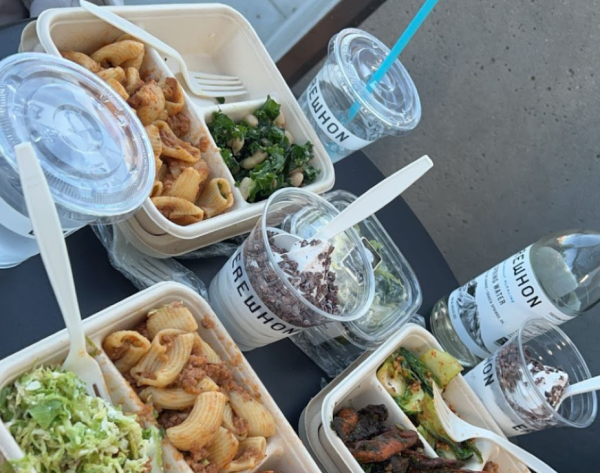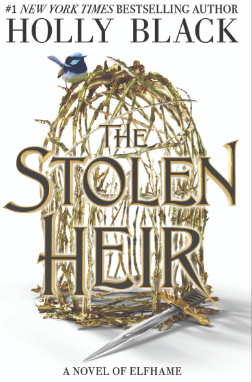My Favorite Sweets
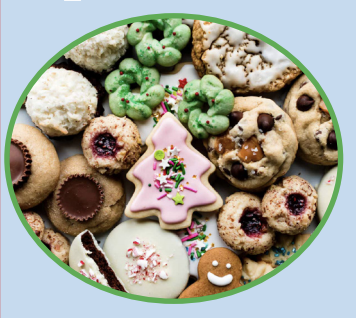
Rich desserts and sugar-coated confections are often synonymous with the holiday season. When thinking of the “typical” American Christmas, thoughts of candy canes, cocoa, and cookies spring to mind. But how much do we really know about the origin of our favorite Christmas desserts? While some of the most common sweets originate from the states, others are from countries half a world away.
Pan Dulce has origins in Europe, but is ultimately considered to have been enjoyed and adapted in Mexico. Another Christmas sweet with roots in Mexico is hot chocolate, a favorite of many. As early as 500 BC, the Mayans were drinking chocolate made from ground-up cocoa seeds mixed with water, cornmeal, and chili peppers — definitely different from the hot chocolate we know and love today.
Sugar cookies a Christmas staple, are credited to two different places, as cookies were from Persia, with the cultivation of sugar. There are variations of butter and sugar cookies ranging from Scottish to Finnish, Italian, and German but the sugar cookies we are more familiar with were created by Protestant settlers in the Nazareth colony of Pennsylvania in the 1700s and were originally baked in the shape of a keystone, the state’s symbol.
Candy canes originated in Germany, as sugar sticks used to keep children quiet during the Christmas ceremonies. Gingerbread can be traced back to Ancient Greece and Egypt, in which it was used for ceremonial purposes. Chocolate Lebkuchen from Germany have notes of chocolate, orange, and hazelnut. And Zimtsterne are Swiss, filled with cinnamon and chocolate and perfect for the holiday season.
And finally, a not-so-popular Christmas classic: fruitcake. Fruitcake has a pretty rich history, as it was used in Ancient Egypt and Rome, Medieval England, and used as a wedding cake in 19th century England.
Next time you take a bite out of a Christmas treat, stop and think of the history behind it.

Grace is currently a senior at Mayfield Senior School and is the Editor-In-Chief of Editorials. She has been a member of the Mayfield Crier Staff since...


